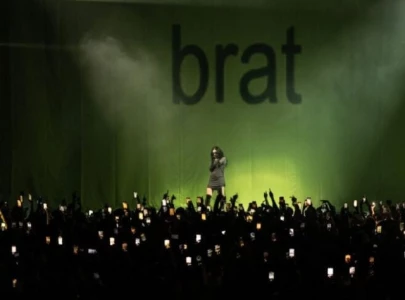
Prime Minister Shehbaz Sharif last week undertook a maiden visit to China. It took him over six months to obtain an invitation from the Chinese leadership after he replaced Imran Khan as Prime Minister in April. It was unusual that a newly elected Prime Minister of Pakistan had to wait too long for a bilateral trip to China. There were rumours that China was not happy with the change of government in Pakistan and hence was not ready to receive the new Prime Minister. Another version was that since the Chinese President followed strict Covid-19 protocols, it took so long for Beijing to arrange the visit.
These conjectures aside, China was not happy with Pakistan on certain issues. First, it was disappointed with Pakistan over its failure to honour commitments it made with regard to CPEC projects. Despite promises, Pakistan could not pay billions of rupees to Chinese power companies. The second stumbling block was the security of Chinese nationals. Attacks on the Chinese nationals working on CPEC and other projects were the causes for concern for President Xi Jinping. China made it abundantly clear that without progress on these two issues, things would not move forward. Therefore, prior to PM Shehbaz’s visit Pakistan had taken certain steps to ally China’s concerns.
For Pakistan the visit had two clear objectives. One, to revive CPEC; and two, to seek the much-needed financial assistance from China. Only a few months ago Pakistan barely avoided a default but the economic situation still looks precarious. This financial year Pakistan has to arrange $34 billion to meet its external requirements. The revival of the IMF programme and provision of $1.5 billion by the Asian Development Bank have provided some relief but Pakistan needs much more than that. In this situation China is one of the countries that can help Pakistan. PM Shehbaz went to Beijing with a request to roll over a $7.3 billion loan Pakistan has to repay to China in the next 8 months. It includes $4 billion safe deposits and $3.3 billion commercial loans. The Prime Minister did manage to get an assurance from President Xi for rollover of $7.3 billion much to the relief of the beleaguered PDM government. The other major takeaway of the visit was that China agreed to expedite work on the multibillion dollar Main Line railway or ML-1 project. Seen as the flagship project of CPEC, ML-1 has faced long delays raising its cost from original $6.8 billion to almost $10 billion dollars. Once completed, the project would completely overhaul the British era railways in Pakistan. China has agreed to call for bidding of Chinese companies later this year and if everything goes per plan the ground breaking of the project would be done in March next year by President Xi.
Meanwhile, Saudi Crown Prince Muhammad bin Salman is expected to travel to Islamabad later this month. Pakistan is hoping that Saudi Arabia would roll out another financial bailout package. Riyadh has already rolled over $3 billion Pakistan was to repay later this year. Islamabad is now eyeing another $4.2 billion financial package — $3 billion safe deposits and $1.2 billion for oil on deferred payment. China-Saudi combined financial package would certainly ensure Pakistan does not default. It’s not just the financial bailout package; Pakistan and Saudi Arabia are set to revive the $10 billion oil refinery project in Gwadar during MBS’s visit. The project failed to take off due to a variety of reasons when it was first agreed upon during the visit of the Saudi Crown Prince to Pakistan in February 2019. This all happens at a time when political instability looms large in the country. If the current situation is not handled maturely Pakistan may squander these opportunities considered crucial for revival of the fragile economy.
Published in The Express Tribune, November 7th, 2022.
Like Opinion & Editorial on Facebook, follow @ETOpEd on Twitter to receive all updates on all our daily pieces.





1719660634-1/BeFunky-collage-nicole-(1)1719660634-1-165x106.webp)







COMMENTS
Comments are moderated and generally will be posted if they are on-topic and not abusive.
For more information, please see our Comments FAQ